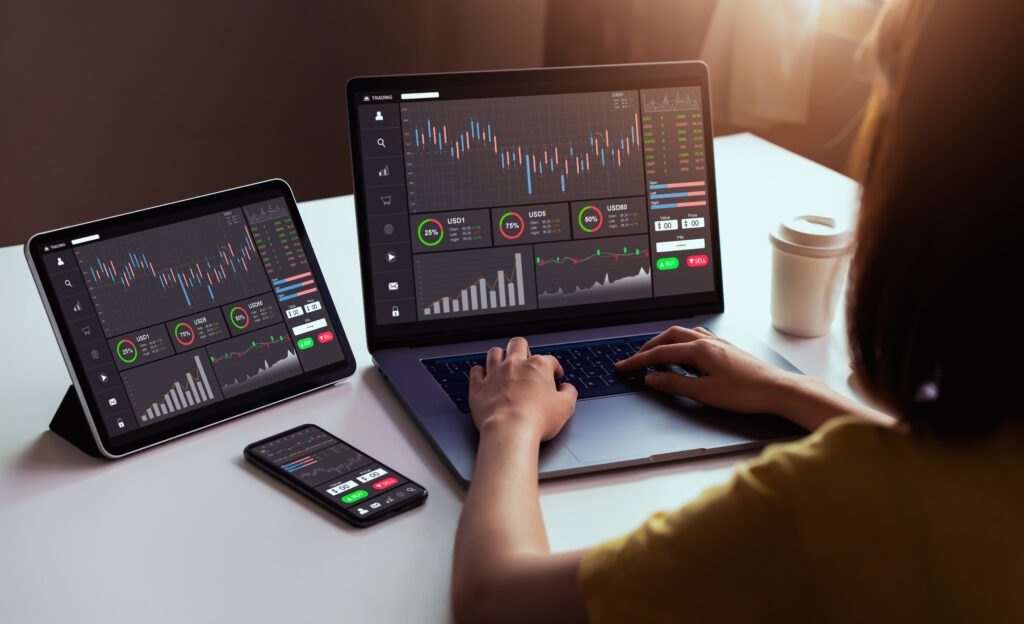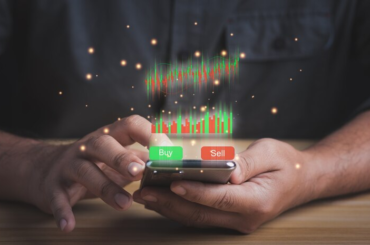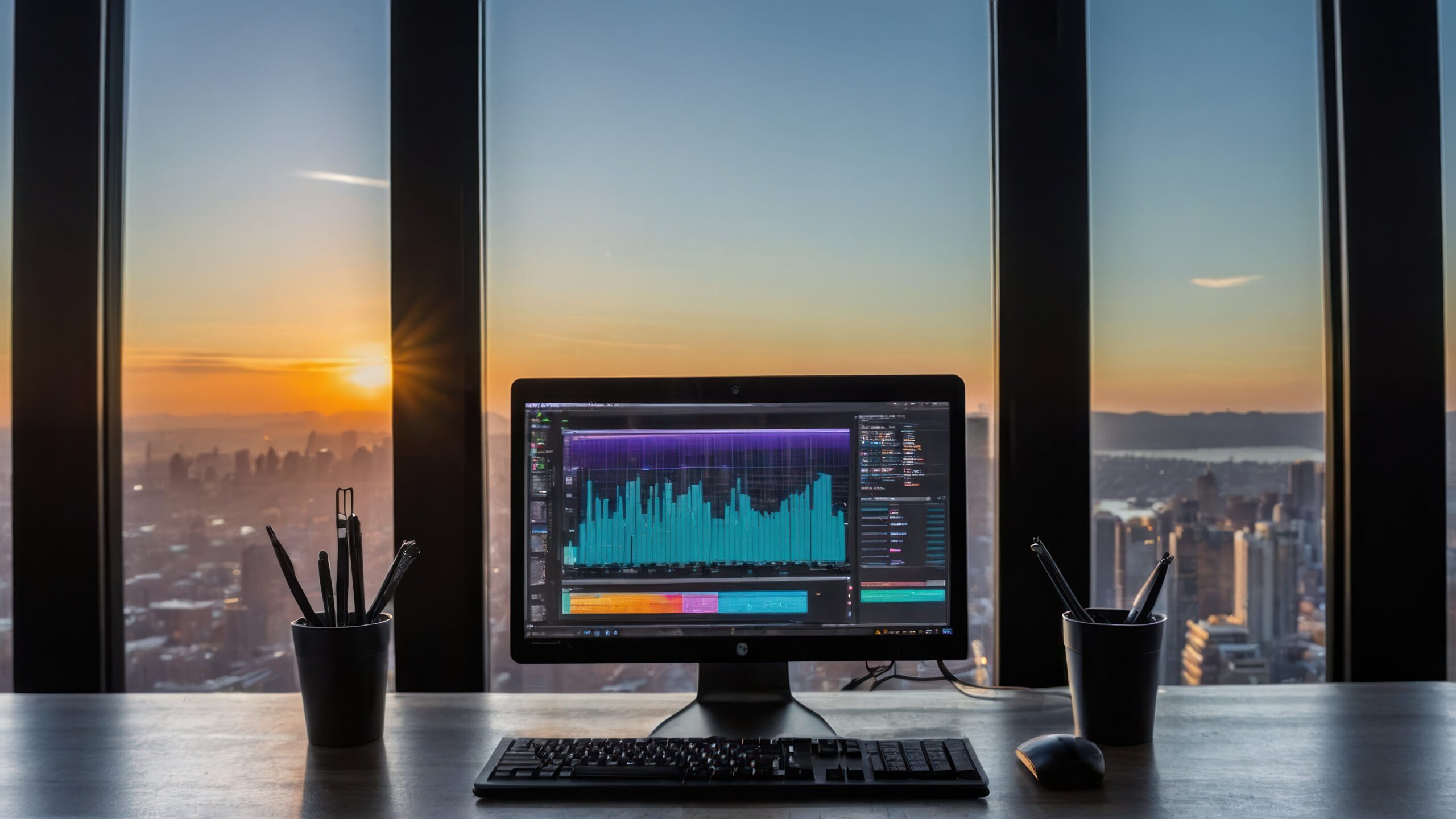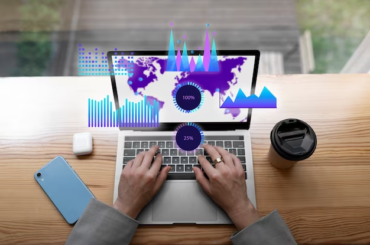Copy trading, also known as mirror trading, is a strategy for selecting trades that are predominantly utilized in the currency market. It is a system that allows traders to mimic the trades of experienced and successful forex traders and execute them in their accounts in near real-time. Mirror trading was once solely available to institutional clients, but it has subsequently been made available to regular investors via a variety of methods.
Copy trading, like traditional trading, involves opening positions on a range of financial markets, including FX, CFDs on stocks, commodities, indices, and cryptocurrencies, and then closing the position after the asset’s value has increased. Although, like with trading for yourself, there are risks involved. Copy trading is a practice that allows individuals to automatically copy the trades of successful and seasoned traders.
Here’s a breakdown of the process of Copy trading:
1. Selection of Traders

Copy trading platforms offer a selection of traders who are having experience and have a track record of successful trading. Users can browse through the profiles of these traders, which typically include their trading strategies, performance statistics, risk levels, and other relevant information. This allows individuals to choose traders whose styles and approaches align with their investment goals.
2. Allocation of Funds

Individuals allocate a portion of their assets or a specific investment amount to replicate the trader’s trades once a trader is ready for copying. The copy trading platform ensures that the trades duplicacy are proportionally in the individual’s trading account based on the amounts given. This means that if a trader opens a position with a particular proportion of their account balance, that percentage is applicable to the individual’s account as well.
3. Real-Time Trade Replication

As the selected trader executes trades, those trades are automatically and instantly copied in the individual’s trading account. The copy trading platform ensures that the trades are replicating in real-time, mirroring the trader’s positions, entry prices, and exit prices. This allows individuals to participate in the market without having to manually execute the trades themselves.
4. Risk Management and Stop-Loss

Copy trading platforms often provide risk management features to help individuals protect their capital. Users can set stop-loss levels, which closes the copied positions if the market moves against them beyond a certain point. This helps limit potential losses and manage risk exposure. It is important for individuals to consider their risk tolerance and adjust risk management settings accordingly.
5. Monitoring and Adjustments

Individuals can continuously monitor the performance of the traders they are copying. Copy trading platforms typically provide performance metrics, charts, and analysis tools to assess the trader’s results. Users can review the performance, evaluate the trading strategies, and make adjustments as necessary. They are flexible to stop copying a trader, or adjust the allocation percentages based on their preferences and risk appetite.
Conclusion
Copy trading has transformed the way individuals participate in the financial markets. By enabling the replication of trades from traders to busy traders with an opportunity to access the expertise of professionals. It offers convenience, automation, and potential learning opportunities. However, it is crucial for individuals to conduct thorough research, choose reputable traders, and manage risk effectively. Copy trading is not without risks, and market conditions can change. By understanding the concept and mechanisms of copy trading, individuals can navigate this practice with better insights and potentially enhance their trading experience.





